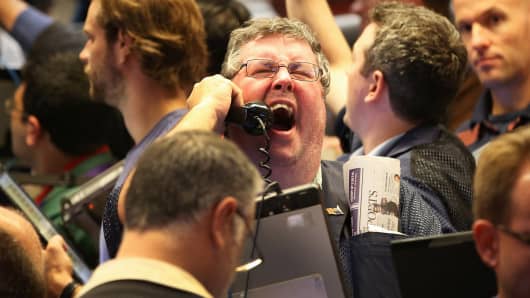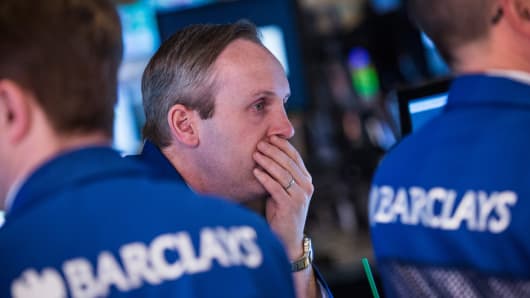Starting at 11:57 a.m. ET, a major player started buying May 1,995-strike put options on the S&P 500 for $133 per contract. The trade was not executed in a single block, but over many smaller trades between 11:57 and 1:12 p.m. (and the prices of the contract varied, getting as low as $131.70). On the whole, 15,450 contracts were purchased. And since each contract controls 100 shares, this trade cost about $200 million.
Since a put gives its buyer the right, but not the obligation, to sell the underlying security at that given strike price, this implies a bearish bet on the market that will make money if the S&P 500 is below 1,862 (1,995 minus $133) at May expiration.
However, since this trade was deeply "in the money," the trader does not appear to be making a speculative options bet, but rather to be expressing a significant bearish view on the market as a whole. Indeed, this trade is effectively a $2.8 billion short bet on the S&P.
"It puts pressure on the market in the short term," said Brian Stutland of the Stutland Volatility Group. "I don't know if it necessarily means that the market's going down, but that's definitely weighing on the market today."
Still up for debate, however, is the mechanics by which the trade is hurting the market.
One theory is that it is weighing the S&P down directly.
The fact that the trade occurred in several blocks, many of which were separated by just a few seconds, would seem to imply that the firm executing the trade was waiting for sellers of the options contracts to findS&P e-mini futures to short.
Since the market makers who stepped in to sell the options contract don't necessarily want to make the bullish bet on the market that being on the other side of the trade would imply, they likely hedged their exposure to the options by shorting the S&P e-mini.
Eventually, these market makers could have run out of willing buyers of the S&P e-mini futures, taking down the market.
"They tried to dribble this trade into the market. So what might have happened is for a good half an hour, market makers offered the e-minis out," Stutland said. "That had this short bid sitting there on the e-minis."


